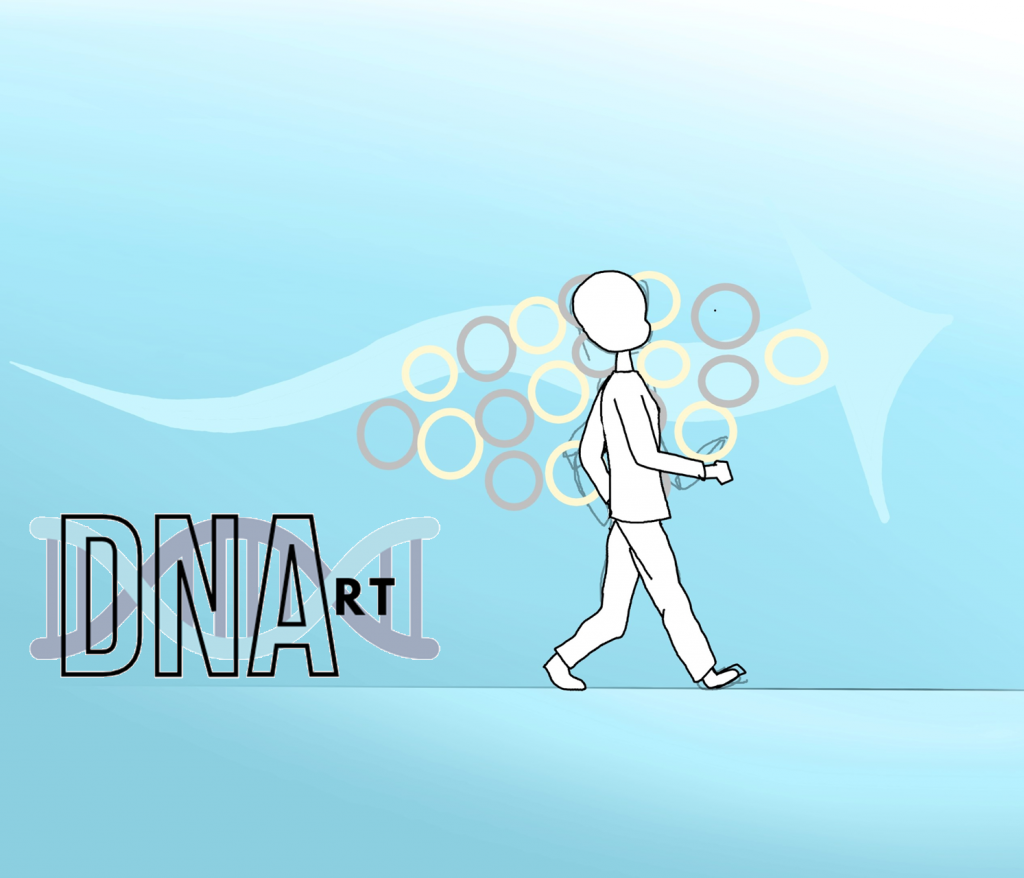The 4th Industrial Revolution will require citizens who have a large variety of experiences from which they can draw inspiration for creative solutions to the complex and profound problems. Certainly STEM fields will play critical but incomplete role in these solutions.
Professional scientists live on the edge of the unknown, yet science classes have a tendency to ask students to “discover” a single right answer of a well trodden path. Perhaps students better befriend the curiosity, excitement and nervousness of exploring the unknown in art classes than they do in most science classes.
Our science students would not generally sign up for an art class, even if they had room in the schedules full of graduation requirements and prerequisite maths and sciences, students would not discard their STEM labels and venture into an art room. It is therefore incumbent upon STEM teachers to provide exposure to all the disciplines so that they might adopt the style of thinking in addition to knowledge and skills that may be valuable in the future.
What better way to incorporate artistic thinking in science class than to do art using science ideas about science? Here is a portfolio of Sci-Art Projects.
DNArt
A 3×9 matrix of LED rings representing 3 Codons in 9 base pairs of DNA. The lights scroll down a strand of DNA according to the velocity of students walking down the hall.

LEO : Light Embodied Odyssey
Bringing people while physically distance during the first full year of the COVID Pandemic. A partnership with the LASG to make an LED and laser cut acrylic interactive chandelier that mimics human emotion and indicates the end of intermission for the theatre.


Kinetic Waves
Four girls build a miniature installation inspired by Reuben Margolin.
Art and Science of Light
An ArtSmart Grant that started with ideas from Physics about light with reflection and refraction, lenses and mirrors and then explored photography, psychology of portraiture, and silk screening.
Insulin Sculpture
An ArtSmart grant to construct an spatially accurate 7 ft sculpture of the Insulin protein on 3 dimensional cartesian planes showing alpha helices and beta sheets using chicken wire, duct tape and copper tubing.


